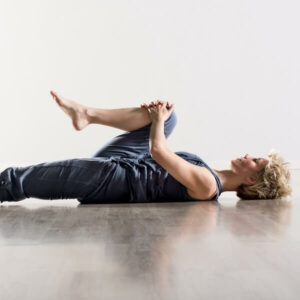ACL Injury Exercises - An Introduction
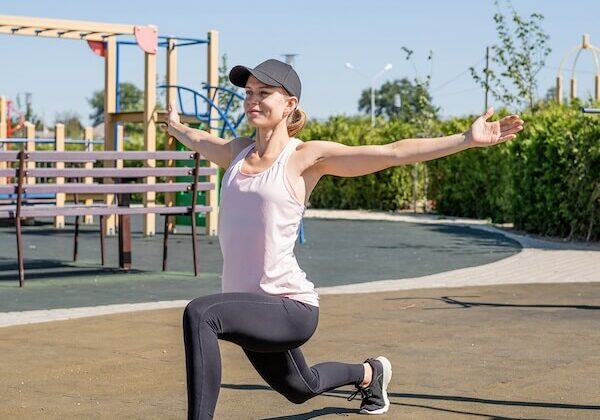
Anterior Cruciate Ligament (ACL) injuries are a common concern for athletes and active individuals, leading to significant downtime and requiring diligent rehabilitation efforts.
Effective ACL rehabilitation hinges on tailored exercise regimes that not only expedite recovery but also prevent future injuries. ACL injury exercises are meticulously designed to restore strength, flexibility, and stability to the injured knee, helping individuals regain their pre-injury fitness levels and confidence.
Engaging in a structured exercise program after an ACL injury or surgery is crucial. These exercises aim to enhance muscle strength around the knee, improve range of motion, and ensure the stability of the knee joint during physical activities.
A physical therapist typically guides the rehabilitation process, customizing exercises that cater to the specific needs and recovery stages of the injured individual.
This gradual and focused approach helps in safely maximizing the knee's functional capacity without overwhelming the healing tissues, ensuring a solid foundation for complete recovery.
Once this is complete, an injury rehabilitation personal trainer takes over to make sure that your recovery stays on track and helps strengthen stabilizing muscles that help to prevent recurrence.
In the following sections, we will explore various exercises that are pivotal in the ACL rehabilitation journey, discussing their benefits and detailed methodologies to aid in a safe and effective recovery process.
What is an Anterior Cruciate Ligament Injury?
The anterior cruciate ligament (ACL) is one of the key ligaments that help stabilize the knee joint.
ACL injuries are particularly common in sports that involve sudden stops and high-impact landings, such as basketball, soccer, football, and skiing.
An ACL injury may involve a tear or sprain of this crucial ligament, leading to varying degrees of pain, swelling, and instability in the knee.
An ACL tear is often a result of the knee suddenly bending backward, twisting, or bending side to side.
This type of injury not only affects the stability of the knee joint but also compromises neuromuscular control, limiting the leg's ability to bear weight.
Once the ACL is injured, the range of motion in the knee joint may be significantly reduced, accompanied by discomfort and swelling in the area.
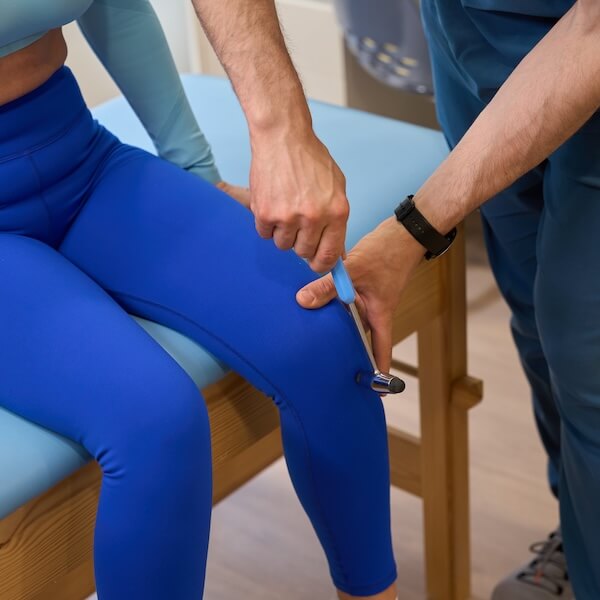
Common Causes and Diagnosis

The most frequent causes of an ACL injury include:
- Changing direction rapidly (cutting)
- Stopping suddenly
- Slowing down while running
- Landing from a jump incorrectly
- Direct collision, such as during a football tackle
Diagnosis of an ACL injury involves a physical exam where a physical therapist or doctor will check for tenderness and swelling in the knee, compare the injured knee to the uninjured one, and may perform a range of motion tests such as bending the knee to see if there is any pain or discomfort.
Imaging tests like MRI can confirm the extent of injury and provide a detailed view of the knee's internal structures.
Understanding the nature and severity of an ACL injury is crucial for planning effective rehabilitation and deciding whether ACL reconstruction surgery is necessary.
During ACL reconstruction, the torn ligament is replaced with a piece of tendon from another part of the knee or, less commonly, from a deceased donor.
This surgery is a complex procedure that requires detailed planning and precise execution to ensure the successful integration of the new graft.
Post-surgery, ACL rehabilitation is essential to regain knee strength and mobility.
A physical therapist typically guides this process, tailoring exercises that gradually increase in intensity to ensure the knee's safe return to full function.
Importance of Exercise Post-Injury
The Role of Exercise in ACL Recovery
Following an ACL injury or post-surgery, exercise is a cornerstone of effective rehabilitation. It is essential not only for recovering strength and mobility but also for enhancing the functional stability of the knee.
A well-structured exercise program helps in mitigating the risks associated with ACL injuries and surgeries by promoting faster recovery and reducing the chances of re-injury.
Exercises post-ACL surgery are carefully designed to ensure that the new graft is not overstressed while it is still healing.
Initially, exercises focus on gentle movements that do not require the knee to bear full body weight, gradually progressing to more challenging exercises that encourage the knee to sustain more weight and perform more complex movements.
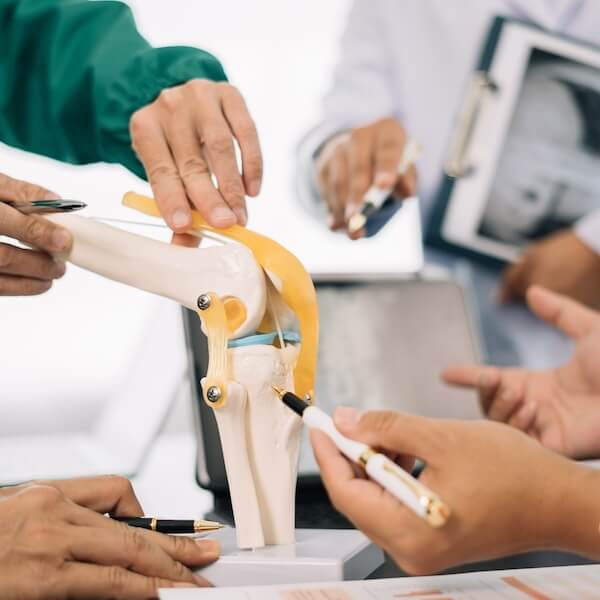
Initial Exercises Post-Surgery
Heel Slides
Starting in a seated or lying position with legs extended, the patient will slowly bend the injured leg by sliding the heel towards the buttocks, ensuring the heel remains in contact with the bed or floor. This exercise is crucial for improving knee flexion and maintaining range of motion.
Straight Leg Raise
From a lying position with legs straight, the patient lifts the injured leg to the height of the uninjured leg while keeping the knee straight. This exercise strengthens the quadriceps without placing stress on the ACL graft.
Quadriceps Sets
Sitting with the leg straight and supported on a small towel roll under the knee, the patient tightens the quadriceps to try to push the knee down towards the table. This is essential for gaining full knee extension and strengthening the thigh muscles.
Half Squats
Standing with feet shoulder-width apart, patients perform a shallow squat, bending the knees only slightly while ensuring not to exceed 45 degrees of knee flexion. This exercise helps in strengthening the muscles around the knee while supporting weight-bearing capacity.
Each exercise should be performed slowly to ensure that the movement is controlled and within a pain-free range.
The starting position for each exercise should be adjusted according to individual comfort and the stage of ACL rehabilitation, with an emphasis on minimizing pain and avoiding undue pressure on the ACL graft.
Rehabilitation exercises post-ACL surgery require close monitoring by a physical therapist to ensure that each movement is performed correctly and to adjust the exercise regimen based on the patient’s recovery progress.
Using supports like one crutch may be necessary initially to help reduce the load on the injured leg during weight-bearing exercises.
Incorporating these exercises into the rehabilitation process not only improves the strength and flexibility of the knee but also helps the patient regain confidence in the stability and functionality of the joint.
By gradually increasing the intensity and complexity of exercises, patients can expect to see improvements in mobility and a gradual return to their daily activities and sports.
Advanced Exercises for ACL Rehabilitation
As the ACL rehabilitation progresses, exercises gradually become more challenging, incorporating movements that promote strength, stability, and full functional recovery. It's crucial to continue these exercises until the knee regains full extension and the muscles around it, particularly the quadriceps and hamstrings, are strong enough to support normal activities.
Quadriceps and Hamstring Strengthening
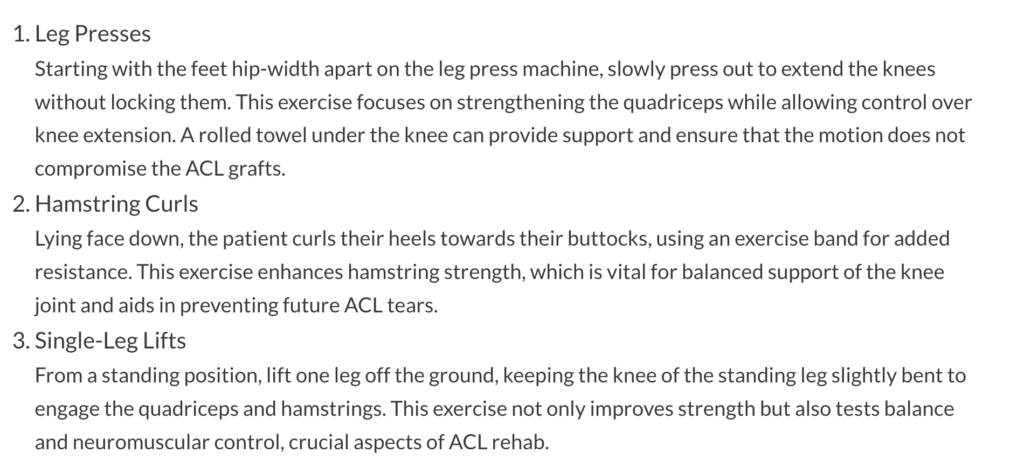
Functional Exercises for Full Range of Motion
- Step-Ups: Using a stable platform, step up with one leg, followed by the other, and then step down in reverse order. This exercise promotes both quadriceps strength and knee extension, critical for regaining full extension and functional use of the knee.
- Walking Lunges: Perform lunges by stepping forward with one leg, lowering the hips until both knees are bent at about 90 degrees. Ensure the back knee does not touch the ground and the front knee stays above the ankle. This exercise emphasizes controlled knee movement and strength throughout the lower body.
- Bicycle Exercise: Using a stationary bike, adjust the seat height to allow for slight bending of the knee at the lowest pedal point. Begin with light resistance and increase as strength improves. Cycling helps improve the range of motion and strength without excessive strain on the ACL grafts.
In addition to these exercises, incorporating manual therapy into the ACL rehabilitation process can accelerate recovery.
Manual therapy techniques, such as massage and joint mobilization performed by a physical therapist, can help reduce swelling, improve joint nutrition, and decrease pain, which is particularly useful as detailed in resources like open access rheumatol.
Each session should start in the appropriate starting position to ensure safety and effectiveness. The exercises should be performed under the guidance of a physical therapist who can provide immediate feedback and ensure that the patient maintains proper form to prevent injury recurrence.
By systematically increasing the complexity and intensity of the exercises, ACL rehab can lead to successful recovery, allowing individuals to return to their pre-injury level of activity.
Incorporating Flexibility and Mobility Exercises in ACL Rehab
To ensure a well-rounded recovery, ACL rehab also focuses on enhancing flexibility and mobility around the knee. These exercises are crucial for restoring normal knee function and minimizing the risk of future injuries.
Flexibility Exercises for Improved Range of Motion
- Heel Slides for Knee Flexibility: Begin by lying flat on your back with legs extended. Slowly bend your knee and slide your heel towards your buttocks, keeping your heel on the ground. This movement helps increase the bending capacity of the knee and improves flexibility in the hamstring muscles. Repeat the slide several times, gradually trying to pull the heel closer to the body each time.
- Hamstring Stretch: While seated, extend one leg straight in front of you, bending the other so your foot is flat against the inner thigh of your extended leg. Lean forward gently from the hips, reaching towards the toes of the extended leg. This stretch not only targets the hamstrings but also the calves and muscles along the thigh.
Mobility Exercises for Knee Health
- Quad Set: Sit with your leg straight and a small rolled towel under the knee for support. Attempt to press the knee down into the towel while simultaneously trying to lift your heel off the ground. This exercise helps strengthen the quadriceps muscles and improves the stability of the knee joint.
- Straight Leg Raises: Lying on your back with one leg bent at the knee and the other straight, slowly lift the straight leg to the height of the bent knee. Keep the thigh muscles tight and ensure the lifted leg remains straight throughout the exercise. This exercise not only strengthens the thigh but also aids in improving the neuromuscular control necessary for weight-bearing activities.
Supporting Mobility with Assistive Devices
As strength and mobility improve, some patients may need to use crutches for a short period to support their movements as they regain full knee function. It's important to use crutches correctly to aid mobility while ensuring the knee is not unduly stressed. Patients should be instructed on how to adjust the crutches to their height and shown the proper way to walk with them to maintain balance and support.
Each of these exercises aims to improve strength and flexibility, which are crucial for a complete recovery from an ACL injury. It's essential for patients to perform these exercises regularly, as instructed by their physical therapist, to ensure the best outcome in their rehabilitation journey. Through dedicated practice of these mobility and flexibility exercises, patients can work towards regaining the full use of their knee, ultimately leading to a return to their usual daily activities and sports with confidence and reduced risk of re-injury.
Strengthening and Stability Exercises for ACL Recovery
As ACL rehab progresses, it's important to incorporate exercises that build strength and enhance stability around the knee. This phase focuses on strengthening the muscles that support the knee joint, such as the quadriceps and hamstrings, while also improving overall leg stability.
Strengthening Exercises to Enhance Muscle Power
- Half Squats: Stand with your feet shoulder-width apart and arms extended forward for balance. Slowly bend your knees, keeping your back straight and heels on the ground. Lower yourself to about half the depth of a full squat, ensuring your knees do not extend past your toes. This exercise strengthens the quadriceps and hamstrings while engaging the core muscles, improving stability around the knee.
- Heel Raises: Stand upright and slowly rise onto your toes, lifting your heels off the ground. Hold the position for a few seconds before slowly lowering back down. Heel raises help strengthen the calf muscles, which play a critical role in stabilizing the ankle and contributing to overall leg stability.
- Bridges: Lie on your back with your knees bent and feet flat on the floor, hip-width apart. Lift your hips off the floor by squeezing your buttocks and pushing with your heels. Hold the top position for a few seconds before slowly returning to the starting position. Bridges are excellent for strengthening the gluteal muscles and the hamstrings, both of which support the knee during various activities.
Stability Exercises for Improved Neuromuscular Control
- Single-Leg Balance: Stand on one leg, keeping the standing knee on the other leg slightly bent. Maintain this position for as long as possible, then switch legs. To increase the difficulty, try performing this exercise with your eyes closed or on an unstable surface like a cushion. Balancing on one leg helps to improve neuromuscular control and strengthens the stabilizing muscles around the knee.
- Lateral Walks with Exercise Band: Place an exercise band around your legs just above your knees. Get into a half-squat position and take lateral steps, keeping the band taut. Move several steps to one side, then return to the starting position by stepping in the opposite direction. This exercise targets the hip abductor muscles, which are crucial for maintaining proper knee alignment during movement.
These strengthening and stability exercises are key components of a comprehensive ACL rehab program. They not only help to rebuild muscle strength and enhance joint stability but also significantly reduce the risk of re-injury by improving the functional capabilities of the knee. Regular practice of these exercises, under the guidance of a physical therapist, ensures that the recovery process is effective and leads to long-term benefits, allowing individuals to return to their pre-injury levels of activity.
Emphasizing the Benefits of Structured ACL Rehabilitation Exercises
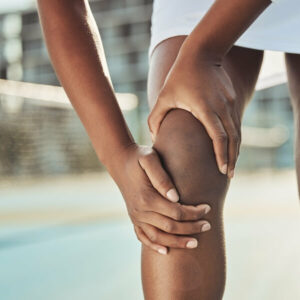
Successfully navigating the journey of ACL recovery requires dedication to a well-structured rehabilitation program that emphasizes both the restoration of function and the prevention of future injuries. The exercises outlined, from initial gentle movements to more dynamic strength and stability routines, play a crucial role in ensuring a full return to pre-injury levels of activity.
Throughout the rehabilitation process, it is essential to focus on gradually increasing the intensity and complexity of exercises. This approach helps to rebuild the strength, flexibility, and stability of the knee, supporting the healing tissues and promoting the proper integration of ACL grafts if surgery was performed. By adhering to a tailored exercise program under the guidance of a qualified physical therapist, individuals can enhance their recovery outcomes, reduce the likelihood of re-injury, and accelerate their return to sports and daily activities.
Furthermore, incorporating manual therapy and using assistive devices like crutches as needed can provide additional support and aid in managing pain and swelling during the recovery process. Overall, commitment to a comprehensive ACL rehabilitation regimen not only aids in a swift recovery but also fortifies the knee against potential future challenges, ensuring long-term health and mobility.

